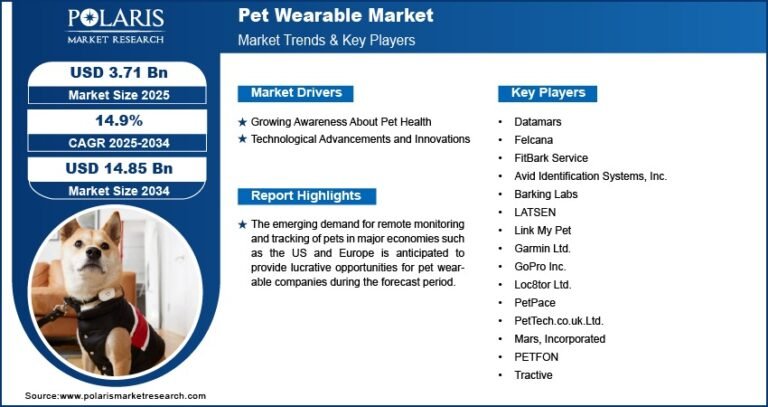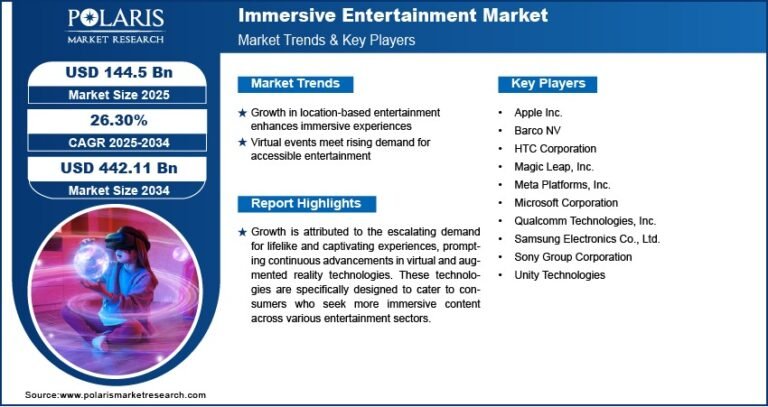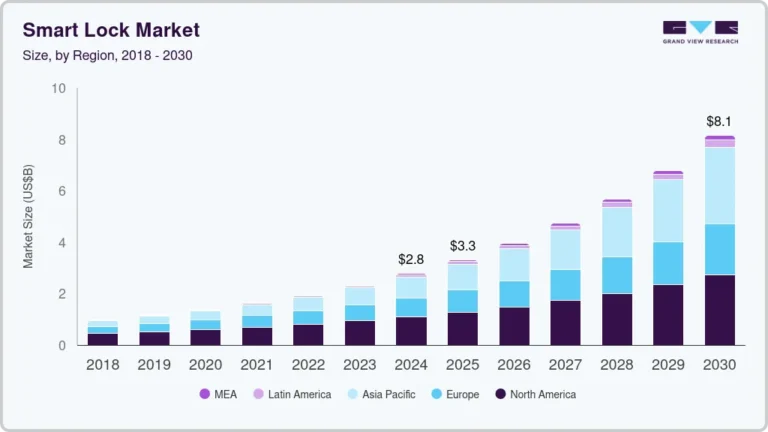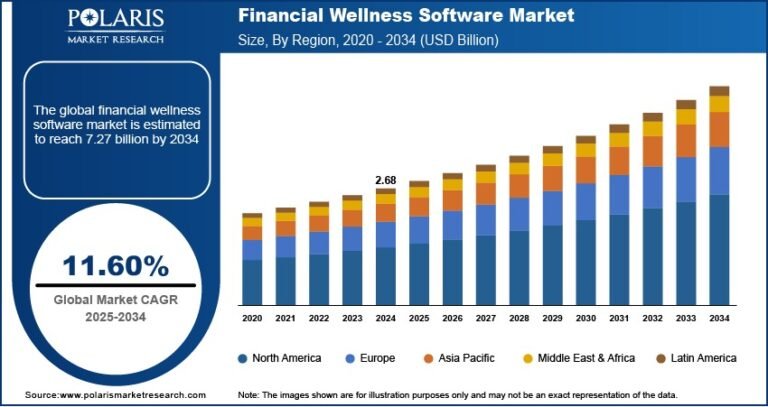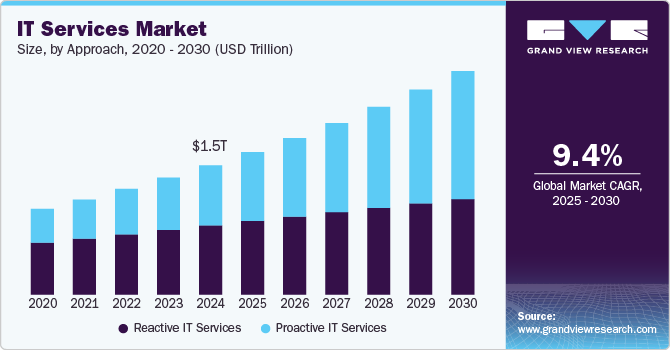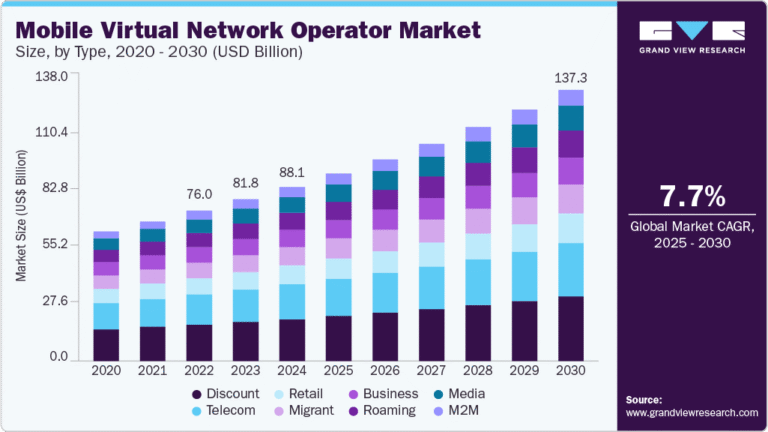Robotic Process Automation (RPA) Market Projected to Reach USD 483.29 Billion By 2034, Growing at a CAGR of 38.3%
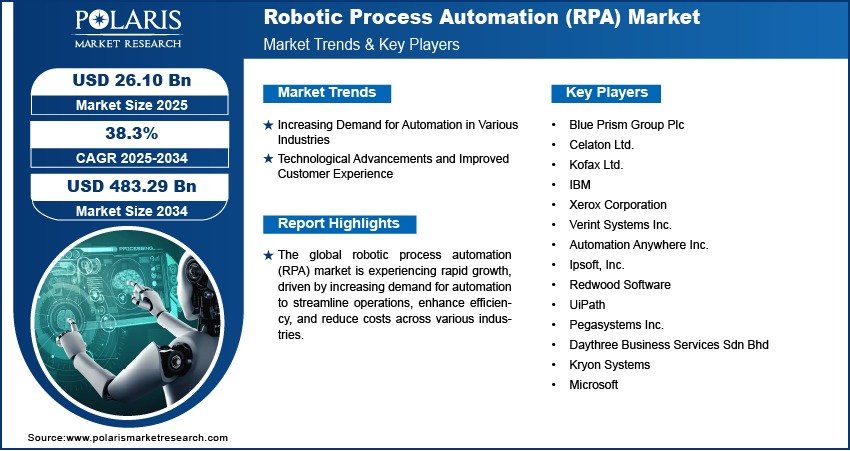
The global Robotic Process Automation (RPA) market size was valued at USD 18.99 billion in 2024 and is anticipated to generate an estimated revenue of USD 483.29 billion by 2034 , according to the latest study by Polaris Market Research. The report also notes that the market exhibits a robust Compound Annual Growth Rate (CAGR) of 38.3% over the forecast period from 2025 to 2034 .
- Growth in Digital Transformation Initiatives: Enterprises across industries are accelerating their digital transformation strategies, driving the adoption of RPA to automate repetitive tasks, improve operational efficiency, and reduce costs.
- Integration with AI and Machine Learning: RPA solutions are increasingly being enhanced with artificial intelligence and machine learning capabilities, enabling more intelligent automation and decision-making processes.
- Rise of Hyperautomation: Organizations are adopting hyperautomation strategies, combining RPA with other technologies like process mining, analytics, and low-code platforms to automate complex workflows end-to-end.
- Expansion Across Industry Verticals: RPA is gaining traction beyond traditional sectors such as banking and finance, expanding into healthcare, retail, manufacturing, logistics, and government operations.
- Cloud-Based RPA Solutions: The demand for scalable, flexible, and cost-effective cloud-based RPA platforms is growing rapidly, especially among SMEs and remote-first organizations.
- Market size value in 2025 – USD 26.10 billion
- Revenue forecast in 2034 – USD 483.29 billion
- CAGR – 38.3% from 2025 – 2034
The Robotic Process Automation (RPA) market includes a wide range of software tools and platforms designed to automate rule-based, repetitive, and high-volume business processes. With the increasing need for operational agility and cost optimization, businesses are turning to RPA to streamline back-office operations and enhance customer experience. The market has witnessed exponential growth due to advancements in AI integration, rising demand for data-driven decision-making, and the shift toward remote and hybrid work environments.
- Rising Demand for Intelligent Automation Solutions: Businesses are increasingly adopting RPA platforms integrated with AI, NLP, and cognitive computing to enable smarter, self-learning automation systems.
- Growing Need for Cost Optimization and Operational Efficiency: Companies are leveraging RPA to reduce human errors, cut down labor costs, and improve process accuracy across departments such as HR, finance, and supply chain.
- Increasing Adoption Across SMEs and Enterprises: As RPA tools become more accessible and affordable, even small and medium-sized businesses are implementing automation solutions to remain competitive.
- Digital Workforce Expansion: The rise of virtual employees or software bots that can mimic human actions is transforming how enterprises operate, especially in customer service, claims processing, and invoice handling.
- Supportive Government Policies and Investments in AI Infrastructure: Governments and private investors are pouring capital into AI and automation technologies, fostering innovation and deployment of advanced RPA solutions.
- High Initial Investment and Complexity in Implementation: Deploying enterprise-grade RPA solutions often requires significant investment in infrastructure, training, and change management, which may be challenging for smaller firms.
- Security and Data Privacy Concerns: Automating sensitive processes using RPA raises concerns about data breaches, unauthorized access, and compliance with regulations like GDPR and HIPAA.
- Lack of Skilled Professionals: There is a shortage of trained personnel who can design, deploy, and manage sophisticated RPA systems, limiting faster adoption in some regions.
- Integration with Legacy Systems: Many organizations still rely on outdated legacy systems, which can pose compatibility issues when integrating modern RPA platforms.
- Regulatory and Ethical Issues: As automation replaces certain job functions, ethical and regulatory debates around workforce displacement and AI governance are emerging, potentially slowing down adoption in some sectors.

